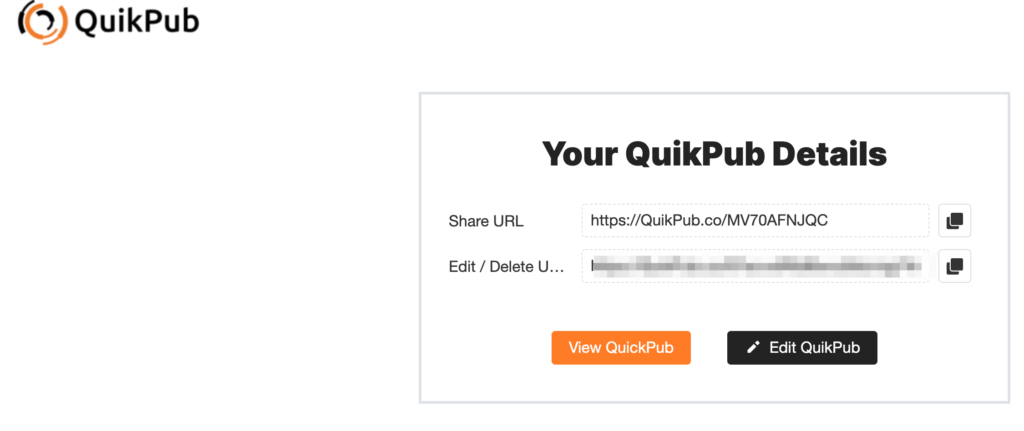I like the proposal that finding a way to open up competition would be the best approach to addressing the downside of social media. While options exist and some options may appeal to some users as superior, the network effect of existing users limits the likelihood of individuals switching from one service to another. The network effect roughly means that the value in a network increases as more and more users are added. The typical example is that of a fax machine. If you have the only fax machine, the fax machine is of little value. If one other person gets a fax machine, you now have one other opportunity to send/receive a fax. As another person is added, you now have two options for sending a fax, but that other person also has two options and everyone has more incentive to stay within the system.
The core problem with social media platforms is interoperability. The lack of interoperability enforces the network effect. Interoperability means that you pick one platform, but can still interact with others on a different platform. Think phone numbers. You can change phone providers, but still use your number to call someone with a plan through the provider you abandoned. Instant messaging systems make another good example as many of us have lived through a time when we did not have interoperability and then we could use different IM services and still reach others using a different service.
Obviously, the content we add to Facebook, Twitter, Instagram is more complex than the text of IMs or the audio of phone calls. Other systems might work. When I post this blog entry, this blog platform sends out a tweet. Of course, a tweet can contain far less content than this post, but the tweet ends up saying something like – New Post: Title of the blog post, first words from the post as allowed within the Twitter character limit, and a link to the post. Anyone following me on Twitter would see this tweet and could read the full post if it seemed interesting. I don’t use such a service, but there are plugins that provide a way to send content in the opposite direction – Twitter to blog.
What if communicating among Facebook, WT:Social, and MeWe were possible. If such kludgy methods can achieve a crude level of interoperability, it just makes sense that far more elegant systems would be easy enough for social media providers to offer. The big services simply have no incentive to do so. Regulation from the government may be necessary. If the complaints that consumers have regarding the functioning of social media companies lead to regulation, a remedy based on interoperability would make more sense than worrying about breaking up companies, attempting to designate what information a company can collect to target ads and offer the service at no cost, etc.
The idea might be that customers can select Facebook which collects personal information to provide targeted ads, and allows unlimited images and video or Company B which charges $3 a month, displays no ads collects no personal information, and allows images, but not video. Companies would be competing with features to attract users. With interoperability of identity, consumers could select the company that best met needs and interests and still reach the same population of users.
I read about the basics of interoperability in The Hype Machine – the discussion in that source is far more detailed and my take on what is possible is intended only to convey the basics of the concept.





You must be logged in to post a comment.